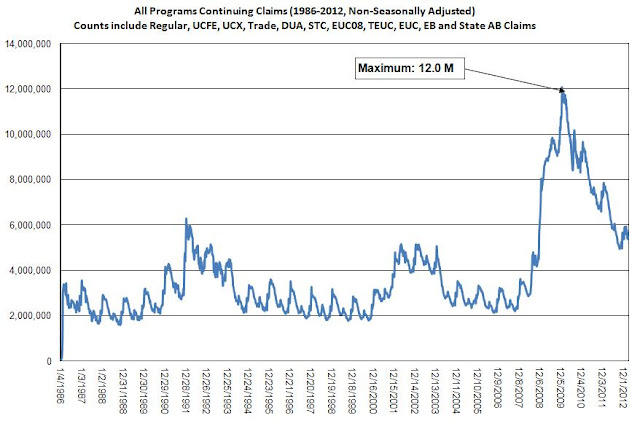
- All can be found in a garden.
I am especially fond of the motion activated sprinkler for predator protection.
According to the National Gardening Association, 2009 saw 43 million households (37%) in the United States participate in home gardening, a 7 million household increase from 2008! In 2008, an estimated $2.5 billion was spent on gardening supplies equating to roughly $70 per household. Breaking down individual gardener characteristics by percentages and comparing to general population percentages:
- 68% are 45 years and older (20.6% general population are > 45 years old)
- 3.3
- (Individuals 45 years and older are 3.3 times as likely to garden as an individual less than 45 years old)
- 67% do not have children in the home (38% of general population)
- 1.76
- 79% have completed some college (57.3% of general population).
- 1.38
- 64% are married (48% in general population)
- 1.33
- Economically, middle class households (household incomes of $35,000 to $75,000) are most likely to have a garden
- Have been gardening for an average (mean) of 12 years
- Median 4 years
Why Garden?
The most common reasons people garden:
- Satisfaction
- 58% to acquire better tasting food
- 51% to acquire higher quality food
- Savings
- 54% to save money on food
- Safety
- 48% to be sure about the safety of their food
- Productivity
- 40% to feel more productive
How do I compare to the average gardener?
- Demographics:
- Meeting the stereotype:
- Attended college
- Married
- No children
- Straying from the beaten path:
- 26 y.o. (24 when I started)
- 3rd year of gardening (median/mean: 4/12 years)
- Household income
- Reasons why I choose to garden:
- It's fun!
- High degree of complexity, autonomy, and strong connection (the more time and resources you invest the greater the likelihood a greater reward will be achieved).
- From Malcom Gladwell's book Outliers.
- Economically neutral at the moment, potentially economically profitable in the future.
- I try to gravitate towards economically neutral hobbies.
- I also enjoy the challenge of designing profitable systems (I know weird!).
- Physical exercise
- As my day job is almost entirely intellectual and indoors, getting outdoors and exercising is very enjoyable.
- Socially rewarding
- As politics and economics interest only a small minority, a secondary benefit of gardening is I feel it allows me to connect socially with a larger sphere of people than I would otherwise.
- Food does taste better, especially the lettuce and spinach, wow!
- Potentially great teaching opportunity for children cover numerous topics:
- Learning/Researching
- Efficiency/Productivity
- Economics
Researching gardening statistics has produced fascinating results. I am particularly astonished by the recent growth in popularity of home gardening (7 million additional households in 1 year and the average (median) gardener has only been at it for 4 years!).
 However, as exciting as it has been to write and
thumb through gardening pictures from the last two years, it unfortunately
appears I am a number of weeks away from getting seeds and plants in the
ground. Bemidji currently has more than a foot of snow on the ground and the
high temperature of the next 6 days is 42 degrees. In the interim, I plan to
start growing seeds indoors and work on brainstorming a list of goals and plans
to share in future blog posts.
However, as exciting as it has been to write and
thumb through gardening pictures from the last two years, it unfortunately
appears I am a number of weeks away from getting seeds and plants in the
ground. Bemidji currently has more than a foot of snow on the ground and the
high temperature of the next 6 days is 42 degrees. In the interim, I plan to
start growing seeds indoors and work on brainstorming a list of goals and plans
to share in future blog posts. Next Post Topic: Unemployment Assistance Part II: Roles and Goals
Study Details (nerds like me!)




